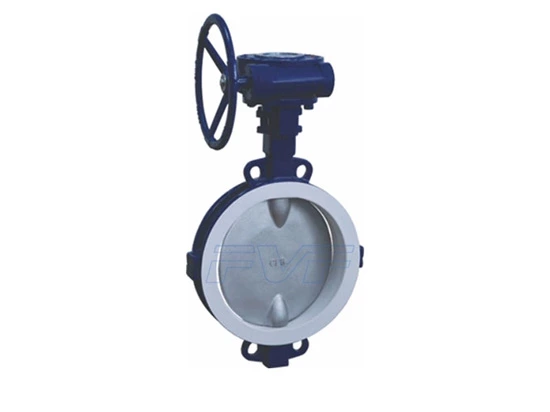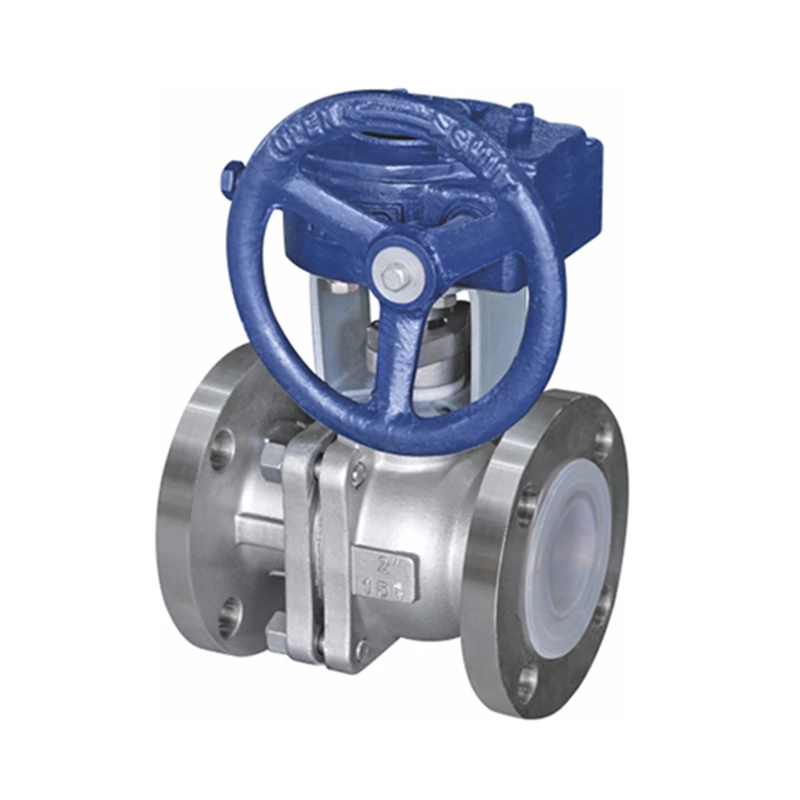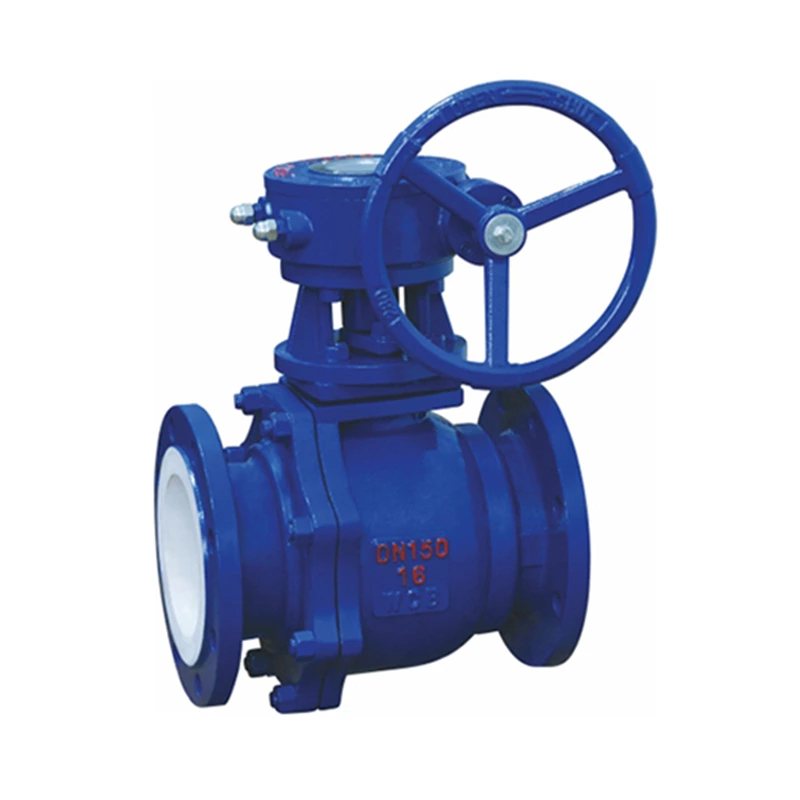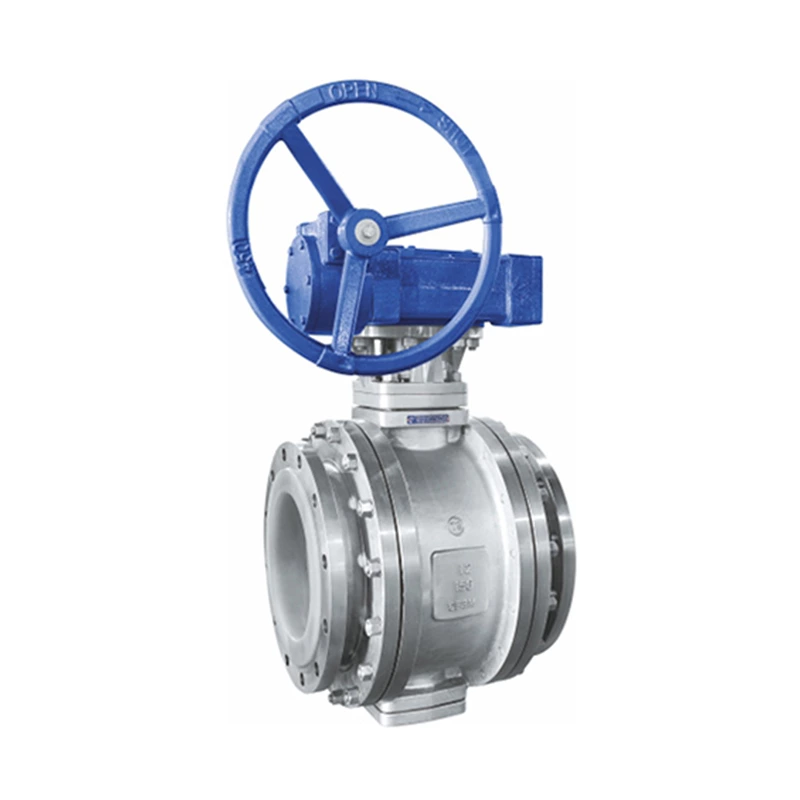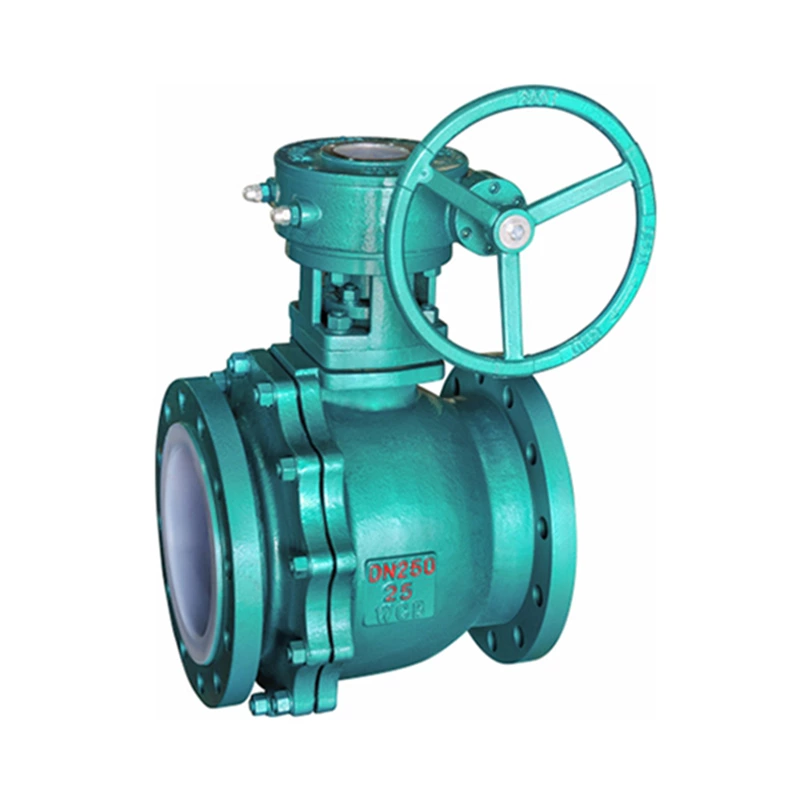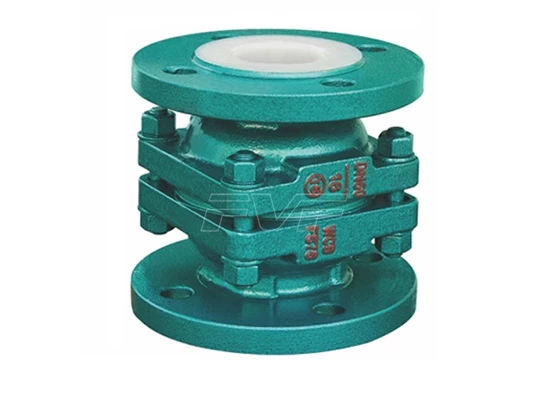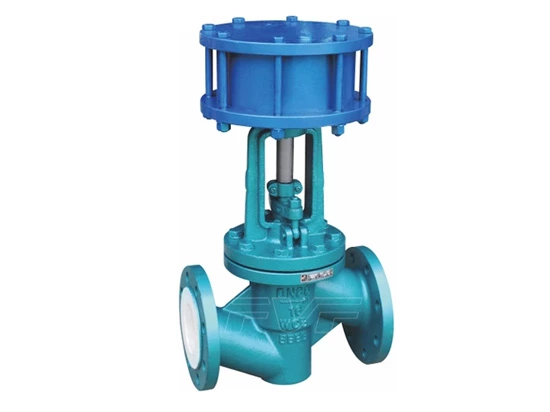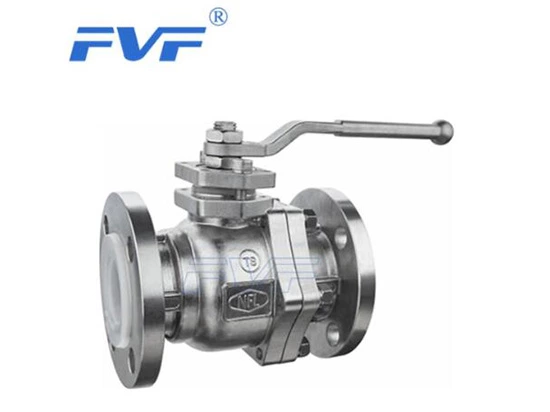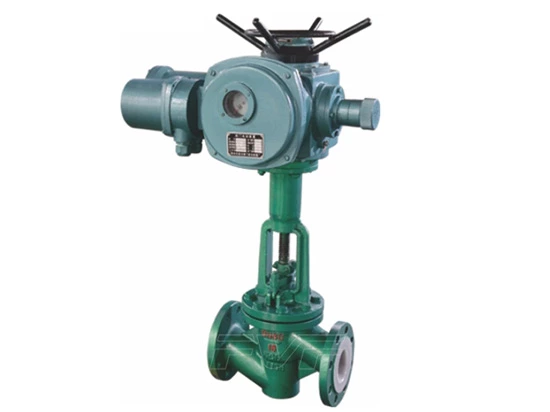Analysis Of The Characteristics And Uses Of Pneumatic Fluorine-lined Butterfly Valve
Introduction to the 9 major features of pneumatic fluorine-lined butterfly valve:
1. Small and light, easy to disassemble and repair, and can be installed at any position.
2. Simple and compact structure, small operating torque, 90° rotation and rapid opening.
3. The flow characteristics tend to be linear, and the adjustment performance is good.
4. The connection between the butterfly plate and the valve stem adopts a pin-free structure to overcome possible internal leakage points.
5. The butterfly plate can be sprayed with a coating such as nylon or polytetrafluoroethylene according to user requirements.
6. The valve can be designed as a flange connection and a clamp connection.
7. The drive mode can be selected as manual, electric or pneumatic.
8. The seal can be replaced, and the seal is reliable to achieve bidirectional sealing.
9. The outer circle of the butterfly plate adopts a spherical shape, which improves the sealing performance and extends the service life of the valve. It can maintain zero leakage after opening and closing under pressure for more than 50,000 times.
Currently, pneumatic butterfly valves are increasingly used in low-pressure large and medium-diameter pipelines. Pneumatic butterfly valves can be divided into: stainless steel pneumatic butterfly valves, hard-sealed pneumatic butterfly valves, soft-sealed pneumatic butterfly valves, carbon steel pneumatic butterfly valves, etc.
Lined Butterfly Valve applications and Features:
The butterfly valve uses a polytetrafluoroethylene-lined butterfly plate with a spherical sealing surface. The valve is easy to operate, has tight sealing performance, and has a long service life; it can be used to quickly cut off or adjust the flow. It is suitable for occasions that require reliable sealing and good adjustment characteristics. The valve body adopts a split type, and the seals at both ends of the valve shaft are controlled by the rotating base surface between the butterfly plate and the valve seat plus fluorine rubber to ensure that the valve shaft does not contact the fluid medium in the cavity. It is widely used in the transportation of liquids and gases (including steam) in various types of industrial pipelines, and in occasions with severe corrosive media, such as sulfuric acid, hydrofluoric acid, phosphoric acid, chlorine, strong alkali, aqua regia and other highly corrosive media. Its main features are:
1. Novel and reasonable design, unique structure, light weight, quick opening and closing.
2. Small operating torque, easy operation, labor-saving and dexterous.
3. It can be installed in any position and is easy to maintain.
4. The seal can be replaced, and the sealing performance is reliable to achieve two-way sealing and zero leakage.
5. The sealing material is resistant to aging, corrosion, and has a long service life.
